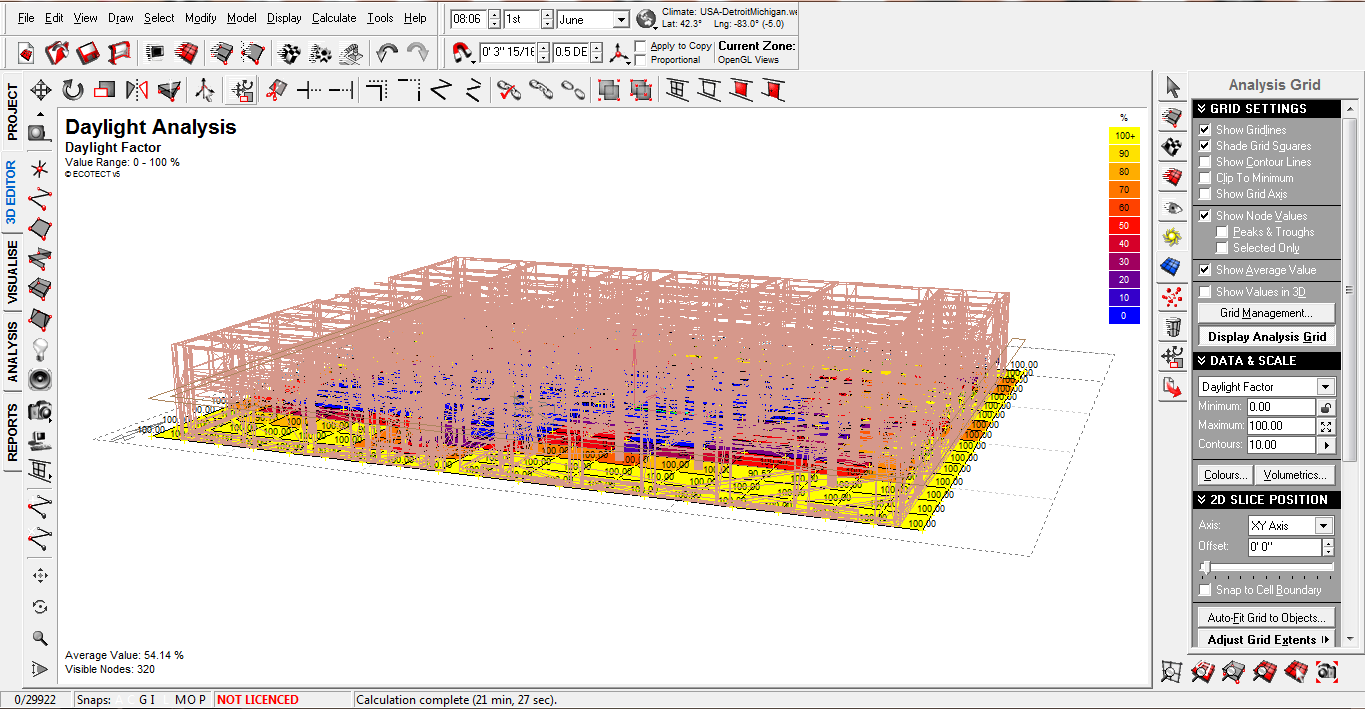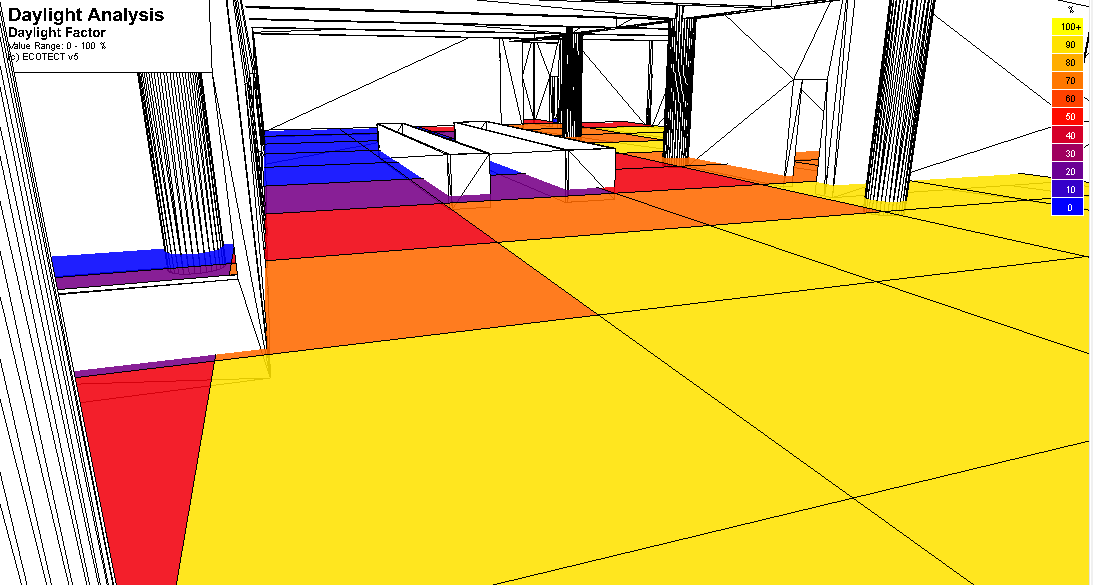Energy Management Overview
Energy Management refers to the strategic planning and operation of energy production and energy consumption systems. Its primary objective is to ensure efficient energy use, reduce energy costs, minimize carbon emissions, and improve sustainability. Effective energy management involves monitoring, controlling, and optimizing energy consumption across various sectors, such as industry, buildings, transportation, and utilities.
Key Components of Energy Management:
1. Energy Monitoring & Measurement:
- Regular tracking of energy usage in facilities, equipment, and processes.
- Use of energy meters, sensors, and software to gather real-time data.
- Analyzing historical energy consumption patterns for insights.
2. Energy Auditing:
- Conducting comprehensive evaluations of energy use to identify inefficiencies.
- Determining areas where energy consumption can be reduced without affecting operations.
- Audits can be tailored to specific sectors like industrial, residential, or commercial buildings.
3. Energy Efficiency:
- Implementing technologies or practices that reduce energy consumption.
- Includes optimizing HVAC systems, using energy-efficient lighting (LEDs), upgrading insulation, and employing energy-efficient equipment.
- Focus on reducing waste, such as heat loss or energy consumption during non-productive hours.
4. Demand Response:
- Adjusting or controlling energy use during peak periods to reduce demand on the grid.
- Participation in demand response programs can provide financial incentives for reducing energy use during times of high demand.
5. Renewable Energy Integration:
- Incorporating renewable energy sources such as solar, wind, or hydro into energy systems.
- Helps reduce dependence on fossil fuels and lower carbon emissions.
- Energy storage solutions like batteries are also critical for stabilizing renewable energy use.
6. Energy Procurement:
- Strategic purchasing of energy, often from multiple suppliers, to secure the best prices.
- Use of long-term contracts, energy hedging, or participation in energy markets.
- Green procurement policies prioritize purchasing renewable or low-carbon energy.
7. Energy Management Systems (EMS):
- Software systems designed to collect, analyze, and optimize energy usage data.
- Provide automated controls to optimize energy use and facilitate reporting on energy performance.
- EMSs are widely used in industries, commercial buildings, and smart grids.
8. Sustainability and Carbon Management:
- A focus on reducing greenhouse gas emissions in line with regulatory requirements or corporate sustainability goals.
- Tracking carbon footprints and implementing strategies to reduce emissions through energy-efficient practices or the use of carbon offsets.
Benefits of Effective Energy Management:
1. Cost Savings:
- Reducing energy consumption directly reduces operational costs.
- Improved energy procurement can lower energy bills.
2. Environmental Impact:
- Lower energy use translates to lower carbon emissions.
- Enhancing the use of renewables can lead to a more sustainable energy profile.
3. Compliance and Reporting:
- Many industries must comply with local, national, or international energy efficiency and emissions standards.
- Effective energy management systems help meet regulatory requirements and facilitate reporting for audits.
4. Operational Efficiency:
- Improved energy efficiency often results in better operational efficiency, reducing wear on equipment and enhancing productivity.
5. Resilience:
- Effective energy management, especially when incorporating renewable energy and storage, can provide
greater resilience against energy price fluctuations, supply shortages, and grid instability. By diversifying energy sources and optimizing consumption, businesses and organizations can ensure more stable and reliable operations.
Energy Management in Different Sectors:
1. Industrial Energy Management:
- Focuses on optimizing energy use in manufacturing processes.
- Techniques include retrofitting machinery, using waste heat recovery systems, and adopting energy-efficient motors.
- Energy-intensive sectors, such as steel, cement, and chemical industries, benefit greatly from energy management programs.
2. Commercial Buildings:
- Buildings are major consumers of energy, primarily for heating, cooling, lighting, and appliances.
- Energy management for buildings includes advanced building automation systems, efficient lighting, and optimizing HVAC systems.
- Smart building technologies allow for real-time monitoring and control of energy use.
3. Transportation:
- Energy management in transportation focuses on reducing fuel consumption and transitioning to electric or hybrid vehicles.
- Fleet management solutions optimize fuel usage, routes, and maintenance schedules for energy efficiency.
- Public transportation systems can integrate renewable energy sources and electrification.
4. Utilities:
- Energy management for utilities involves balancing supply and demand while incorporating renewable energy.
- Smart grids and energy storage systems are critical for managing fluctuating supply from renewable sources.
- Utility companies often provide demand-side management services to customers to help reduce consumption during peak times.
Trends in Energy Management:
1. Digitalization:
- Technologies such as IoT (Internet of Things), AI, and Big Data are transforming energy management by enabling real-time data collection, predictive analytics, and automated optimization.
- Smart grids and buildings use digital tools to enhance efficiency and flexibility.
2. Energy as a Service (EaaS):
- EaaS is an emerging business model where third-party providers manage energy systems for clients, delivering energy savings without upfront investments.
- It shifts energy management from a capital-intensive process to an operational expense.
3. Decarbonization & Electrification:
- Industries and governments are focusing on decarbonization strategies, with energy management playing a key role in reducing emissions.
- Electrification of heating, transportation, and industrial processes is gaining momentum, supported by energy management systems that ensure efficiency and sustainability.
4. Energy Storage:
- Energy storage, especially batteries, is becoming integral to managing renewable energy sources like wind and solar.
- Storage solutions allow energy to be used when needed, improving energy security and grid stability.
5. Circular Economy in Energy:
- Some energy management systems now focus on minimizing waste and recycling resources, aligning with circular economy principles.
- This approach emphasizes the efficient use of energy and materials throughout the lifecycle of products.
In conclusion, energy management is a comprehensive, evolving field that combines technology, policy, and strategy to optimize energy use, reduce costs, and promote sustainability. With growing concerns over climate change and energy security, efficient energy management is becoming increasingly critical across all sectors of society.









